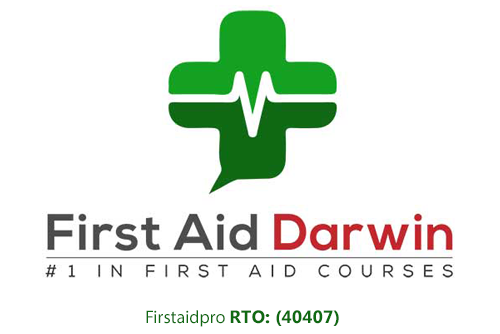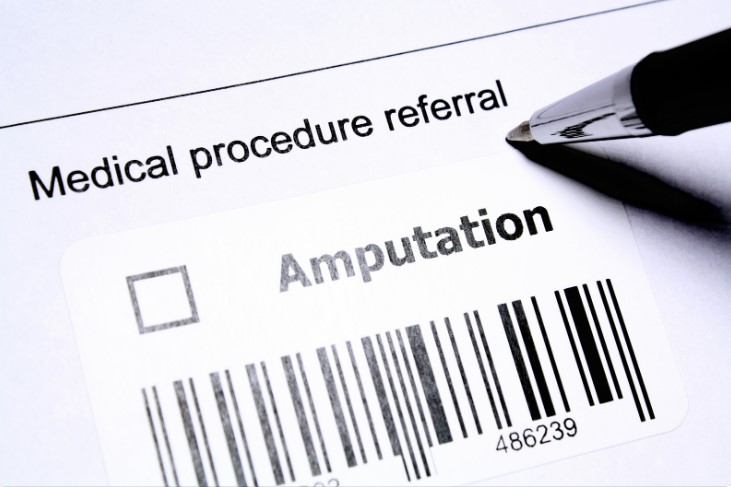Effective First Aid for an Open Wound: An open wound is an injury where the internal tissue is left exposed to the environment. Such wounds range from mild to potentially life threatening, but in many cases are treatable at home using a household medical kit.
Let’s talk about how to differentiate a severe open wound from a superficial one, and what available treatment methods can be used to prevent further complications.
What Is An Open Wound
Open wounds are injuries involving a break or cut in the skin surface. It mostly comes from accidents that involve sharp or rough objects cutting or tearing the skin and leaving some form of trauma. If not treated correctly, it can expose the body to harmful bacteria, putting the victim at risk of infection. Such a wound may appear red, tender, painful, and could eventually produce pus as the body fights the infection.
The most common open wound accidents are falls, motor vehicle accidents, and unsafe use of sharp tools or machinery.
Open wounds are normally classified into four different categories.
Four Types Of Open Wounds
These classifications define the type of injury sustained, and generally require different treatment depending on the nature and extent of the injury.
Abrasions
Abrasions occur when the outer layers of skin are scraped against a rough surface. Road rash is an example of this type of wound. They don’t normally involve significant loss of blood, but can be painful – particularly when they require careful cleaning to remove dirt and prevent infection.
Lacerations
Lacerations refer to a deep cut or fine tear in the skin. The common causes are accidents involving knives, tools, and other equipment. They can often involve significant, rapid loss of blood.
Punctures
Punctures (or stab wounds) are small holes from a long, pointed object penetrating the skin. Accidents with nails or needles are the most common example, but bullet wounds also fall into this category.
These wounds may involve less heavy bleeding than a cut or laceration, but puncture wounds are more likely to penetrate deep enough to damage internal organs. It’s also best to see a doctor (and potentially get a tetanus shot) for punctures, to prevent infection.
Avulsions
Avulsions at the most serious form of open wound, and refer to the partial or complete tearing of skin and its underlying tissues. It mainly occurs in violent accidents and disasters such as road crashes, heavy machinery accidents, and explosions.
Avulsions often bleed heavily and quickly.
Minor wounds are treatable at home, but severe cases require professional help. It is vital to identify the wound type to consider the best next steps for administering first aid.
First Aid Treatment
Open wound care involves the following first aid steps.
Stop The Bleeding
Gently apply pressure to the wound to slow the bleeding and allow blood clotting. Make sure to use a clean cloth or bandage.
Clean The Wound
Run the wound under clean water or use saline solution to flush away remaining debris and bacteria. Do not try to remove any foreign objects embedded in the wound, you might cause further damage, or open up the wound and intensify the flow of blood.
Removing dead tissue, glass, bullets, or any foreign object in a significant wound is a job that should be left to a doctor or qualified medical professional.
Use Antiseptic
Apply a thin layer of antiseptic around the wound to prevent infection.
Apply Dressing
After cleaning and applying any medication, binding the wound help promote a faster healing process. Use waterproof bandages and gauzes for minor wounds, while stitches or staples (generally done by a doctor) will also often be required for severe ones.
Routinely Change The Dressing
Change and remove old bandages every 24 hours. Make sure the wound is dry and disinfected before being re-dressed with a clean bandage or gauze.
Additional first aid tip: Be mindful of open wounds as they can easily become infected by bacteria on the skin or nearby surfaces. When treating an open wound, make sure you’re working in a sanitary manner to prevent further complications to the injury.
Open wounds that do not show significant improvement within weeks are potentially chronic injuries. This type will require more advanced open wound care – it’s time to get to a doctor!
When To Seek Urgent Care
One of the main risks with in an open wound is the risk of infection. Seek professional help immediately in a severe accident involving punctures and deep lacerations – particularly if dirt or rust are involved. And it should go without saying that significant bleeding is a reason to call 000.
Three signs that an open wound is becoming infected are the wound being slow to heal, beginning to produce pus, or the wounded person beginning to experience fever. Any of these is a great reason to go see a doctor.
Wound Care Training
Prevention is always better than cure for open wounds and infections. Avoid accidental injuries by ensuring the environment is risk-free and that sharp, pointy objects are handled with care.
In the case of an open wound, knowing how to recognize a severe wound from a superficial one will help you determining the right treatment. It’s always worth making sure your first aid skills are up to date, to be able to provide the right treatment for a wound.
Need First Aid Training?
First Aid Courses Darwin provides nationally recognized training courses covering how to examine a wound, bleeding control, and trauma management. We run courses mornings and evenings, seven days a week. Individual and group training courses are available.
For more information, contact us at (08) 8382 4677 or email courses@firstaidpro.com.au.








